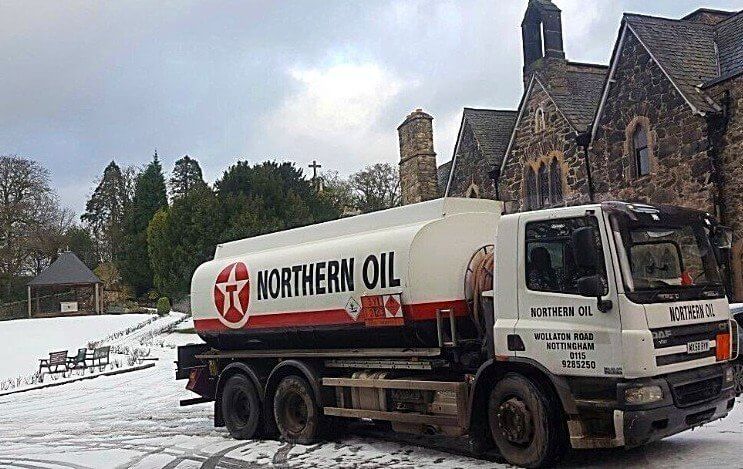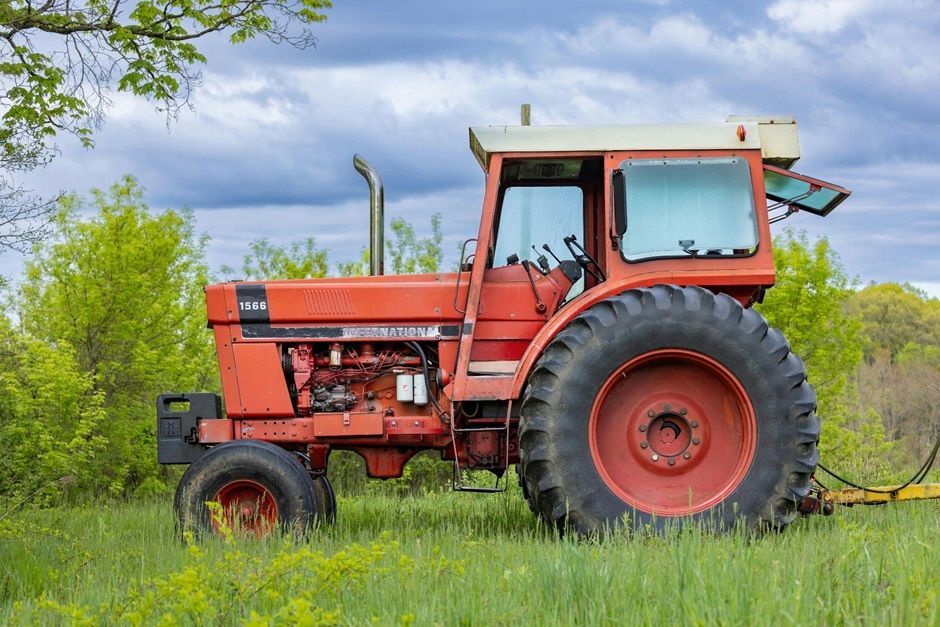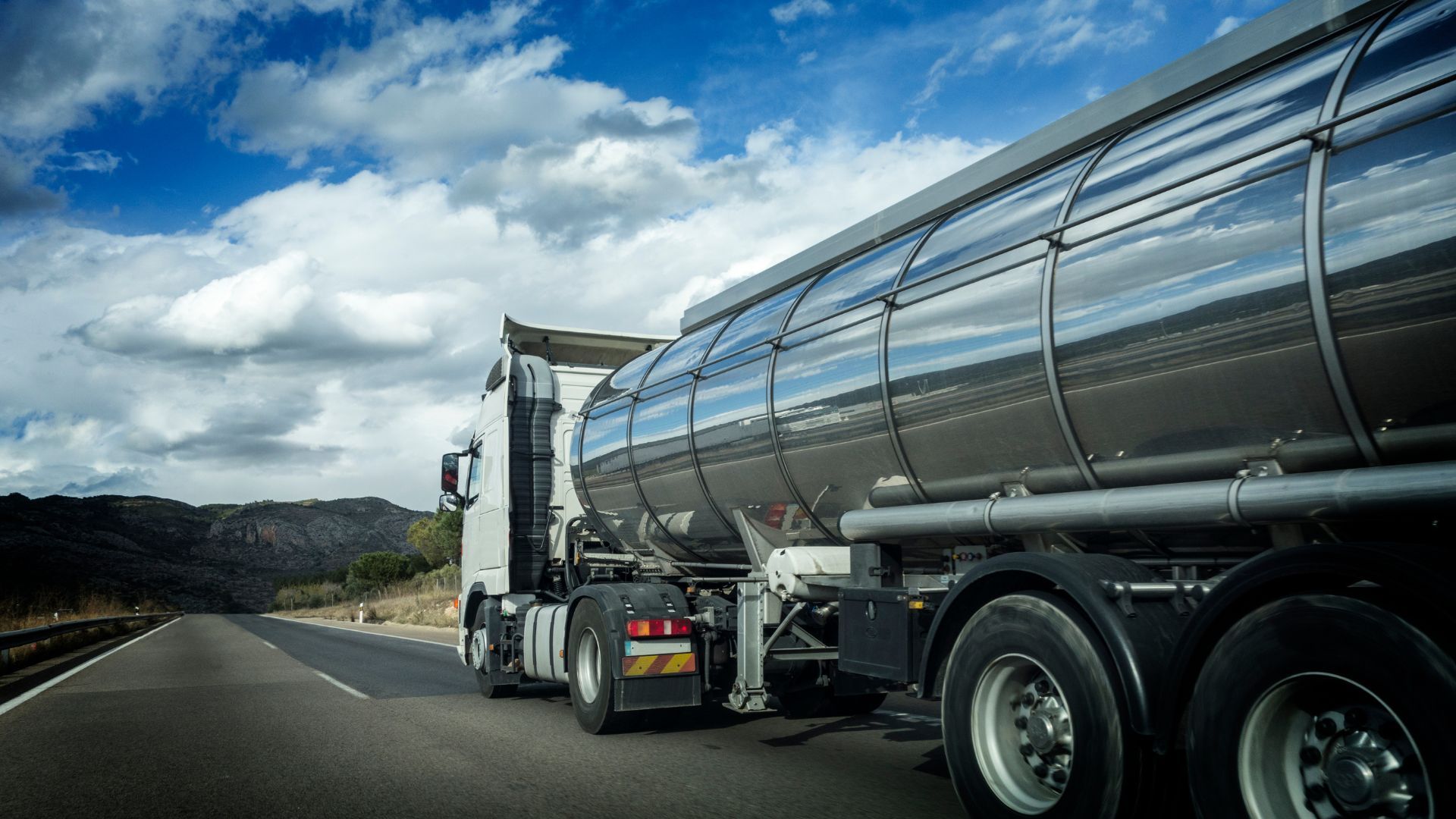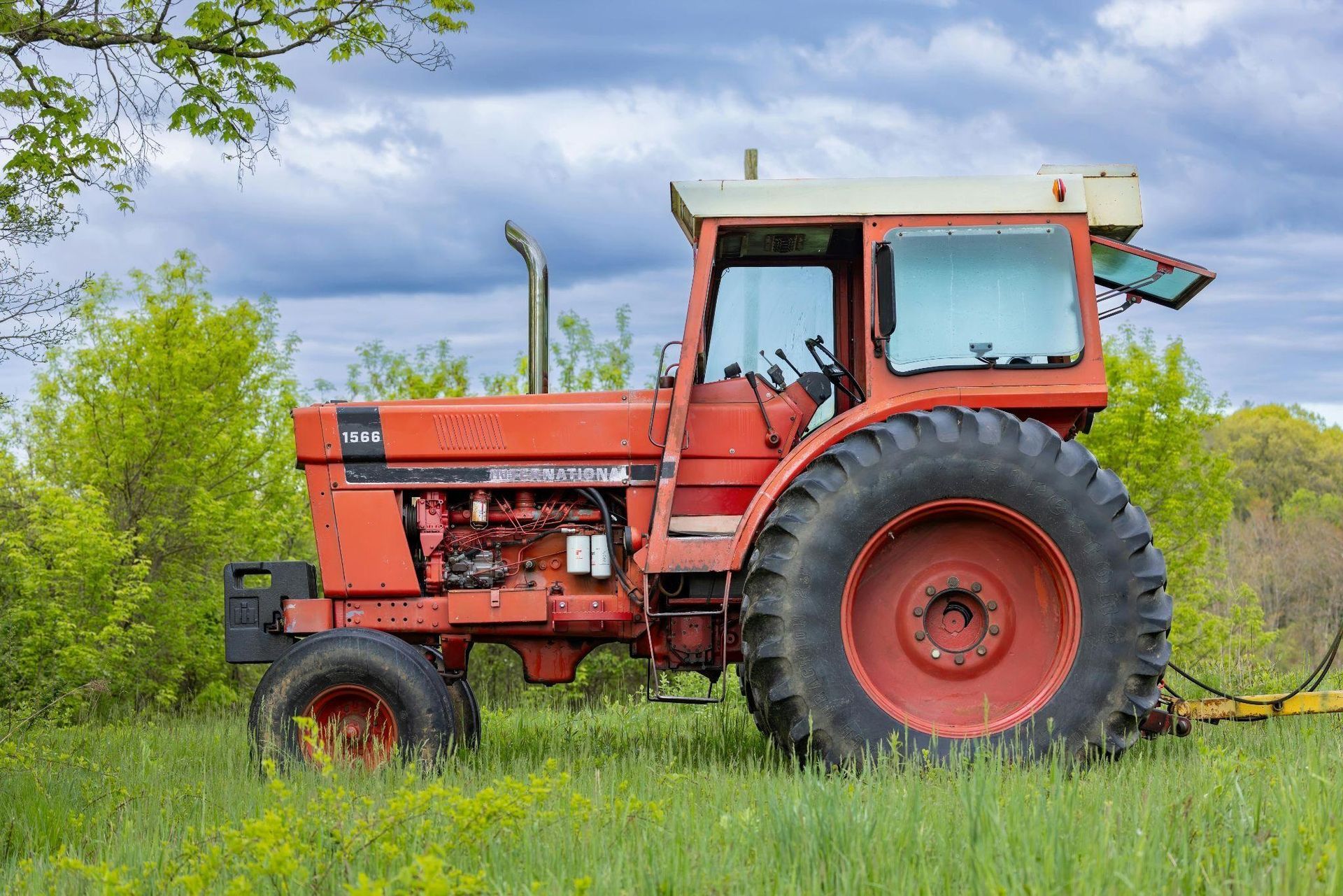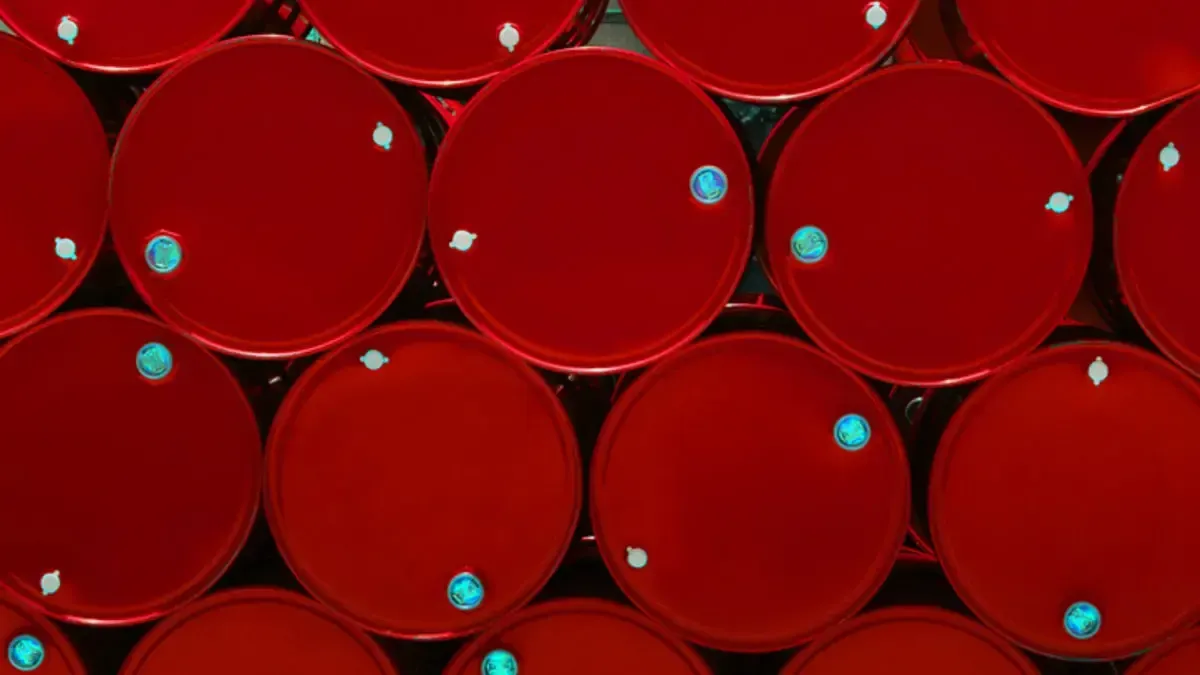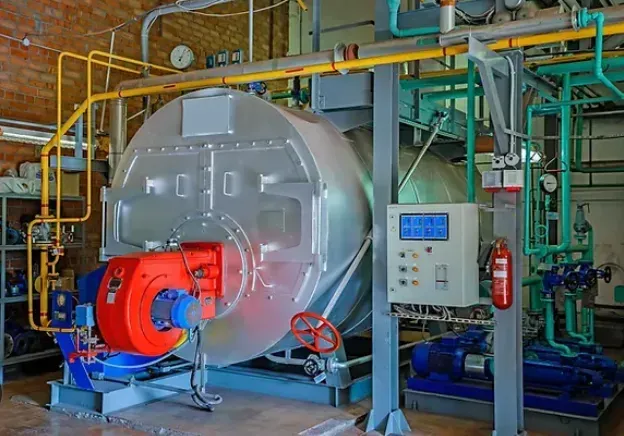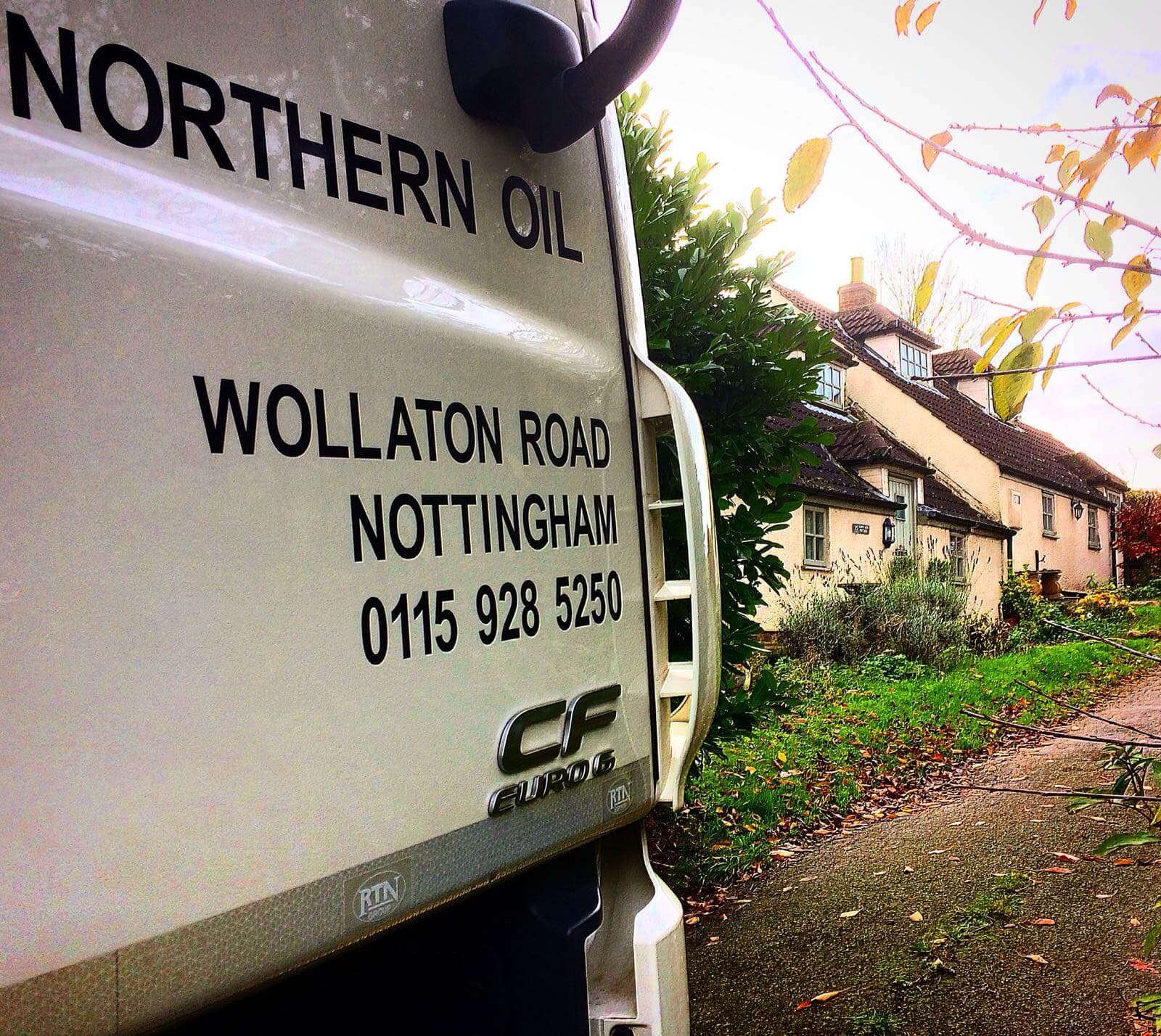A Guide To Commercial Fuel and Its Uses
Northern Oil Company • March 20, 2020
Whatever industry you operate in, remaining competitive
is always of vital importance. Competitiveness is critical for a thriving economy and market, with increased competitiveness driving prices down for the end customer as well as increasing the quality of service.
One of the most common ways for businesses to improve their competitiveness is to save money on supplies which can help decrease the cost for the customer. For commercial or agricultural organisations, whether that’s a farm or a factory, one of the best ways you can make essential savings to improve competitiveness is to reduce costs on fuel and oil. Working with an independent fuel distributor will help you to make savings where possible to ensure you can provide the very best service or product at a competitive price.
Understanding different types of fuel will mean that you will always use the best fuel for the best situation. Having a firm grip on this knowledge will allow you to make the most savings and, therefore, become more efficient and competitive. To give you a helping hand, we’ve created a blog which aims to demystify commercial fuel and its uses.
Commercial Heating Oil and Industrial Heating Oil For Energy
When considering how to power and heat your commercial or industrial property, there are a number of options available. Different types of oils come at a different cost and work at different levels of efficiency. There are three main oils which can be used for heating in commercial and industrial settings.
Kerosene
Kerosene is a liquid fossil fuel created from the refining process of crude oil which can be used as fuel to heat and power both commercial and residential properties. Also known as paraffin, kerosene is one of the most widely used heating oil fuels available on the market.
Kerosene is so popular because of its cost-efficiency and level of safety. Kerosene is one of the cheapest types of heating oil available, whilst providing high-quality energy efficiency. Kerosene creates fewer fumes than other types of heating oil, which means it’s considered less harmful to the environment than burning wood or coal. However, kerosene needs to be handled with care, as the fumes can be dangerous if inhaled by people.
Gas Oil
Gas oil, otherwise known as 35-second oil or red diesel, is a heavier oil which can be used in older boilers as well as for vehicles and machinery. Gas oil is injected under more pressure for the vapourisation process, making it harder to ignite but also allowing the fuel to burn at a higher temperature.
Gas oil is essentially the same type of fuel as diesel, however, it is prohibited for use in on-road vehicles because of the lower tax rate. This lower tax rate means that it is a cost-effective option for commercial organisations for either heating or transport. Red diesel can be used in commercial boilers, but is usually used in commercial vehicles and machinery. Industrial heating oil is a cheaper and more energy-efficient alternative.
Industrial Heating Oil (IHO)
Industrial heating oil is developed as a substitute for red diesel, but is only to be used for heating capabilities. Industrial heating oil cannot be used in tractors or other commercial vehicles, but is an excellent choice when looking for a commercial heating option.
This type of fuel burns cleanly and was developed as a more environmentally-friendly version of red diesel. Industrial heating oil is not made with metals, waste oil or halogens, which means that it is more eco-friendly. The fuel ‘calorific value’ - meaning the amount of energy produced through burning - is almost the same between IHO and red diesel.
As well as being a fuel which burns with high energy-efficiency, IHO does not require the burner to go through any modifications. This ease of switch between the two types of fuels means that many organisations are currently making the change for heating purposes. Many types of IHO do not need to be changed in the summer and winter, which means that there is less wastage in the production process.
Commercial Fuel For Transport and Agricultural Vehicles
Transport and agricultural vehicles can also be powered by a wide range of fuel types. Each one has its own benefits and drawbacks, some providing the possibility to make savings to become more competitive.
Diesel
Diesel fuel is one of the most popular fuel choices when it comes to commercial and agricultural vehicles and machinery. Diesel was first introduced as a fuel for tractors and other agricultural vehicles in the 30s, but wasn’t popularised and used extensively until later on in the 1950s. Although the first diesel engines were not very effective, later on in the century, diesel fuel became very popular for both agriculture and industry. As mentioned before, red diesel carries a lower tax rate than other forms of fuel, so has become the most widespread fuel used for tractors and other agricultural machinery.
Kerosene
Kerosene is no longer used in tractors and other agricultural or commercial vehicles. However, it was used extensively in the early 1900s. Kerosene is now only used for heating purposes rather than vehicles.
Petrol
Petrol was a primary fuel used for tractors, agricultural vehicles and other commercial vehicles, however, diesel began replacing the fuel as the main fuel from the 60s. Diesel is a much more effective fuel for larger vehicles and pieces of machinery. Diesel fuel provides the highest energy efficiency required for driving larger vehicles.
Diesel burns at a much slower rate than petrol and is injected at a high pressure rather than ignited. For this reason, diesel can achieve a higher torque than that of a petrol engine, which is required for large vehicles to move at slow speeds. Using petrol in a large vehicle can dramatically increase the cost of running it and therefore hit profits for commercial organisations. Because of this cost-efficiency, petrol is only used in smaller cars and smaller pieces of motorised equipment.
Liquefied Propane
Liquefied propane is another fuel which was taken over by the rising use of diesel engines. Also known as LP, farmers used LP in the 50s and 60s as it was a low-cost alternative to petrol. Doing so required farmers to convert their engines so they could be used with this low-cost fuel.
Tractor Vapourising Oil (TVO)
Tractor vapourising oil (TPO) was used until the Second World War for ‘all fuel’ engines. Petrol tends to fluctuate in price and the tax rate on TVO was relatively low during the early and middle parts of the 20th century, which was the fuel popularised. Tractor fuel is a lower grade of fuel in comparison to petrol and diesel and was created during some of the earlier techniques for distilling crude oil. Again, the rise of diesel meant that TVO died out as a type of fuel. Nowadays, even low-grade petrol is of better quality than high-grade TVO.
Northern Oil: Oil Distributors Delivering Fuel Across Nottingham
If you’re looking for a diesel fuel supplier, or an oil distributor for other types of commercial fuel, look no further than Northern Oil. We’ve been providing residential, commercial, industrial and agricultural customers with fuel supplies for more than one hundred years in the Nottinghamshire, Leicestershire and Derbyshire area.
Our fuel supplies can help organisations keep running smoothly and efficiently. We are an independent oil distributor, which allows us to offer high-quality products at a competitive price. We have an excellent reputation, built over a long period of time. We always endeavour to provide the very best customer service to all of our clients. Looking for fuel suppliers? We can provide you with the services you need.
To find out more about our services, feel free to contact us
today. You can find us at Northern Oil Co. Ltd, Wollaton Road, Nottingham, NG8 1HJ. Alternatively, call us on 0115 928 5250 or email us at sales@northernoil.co.uk.

